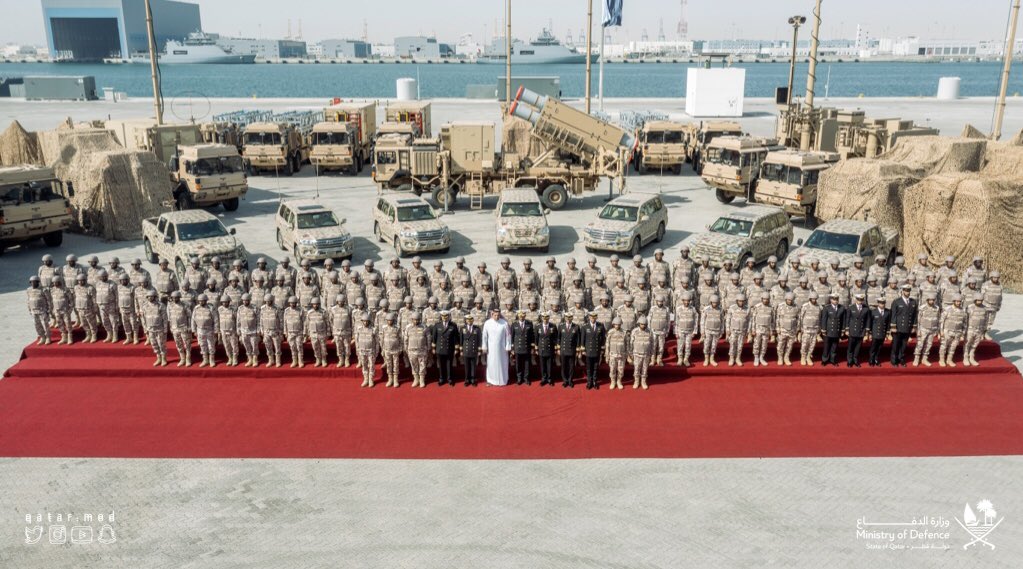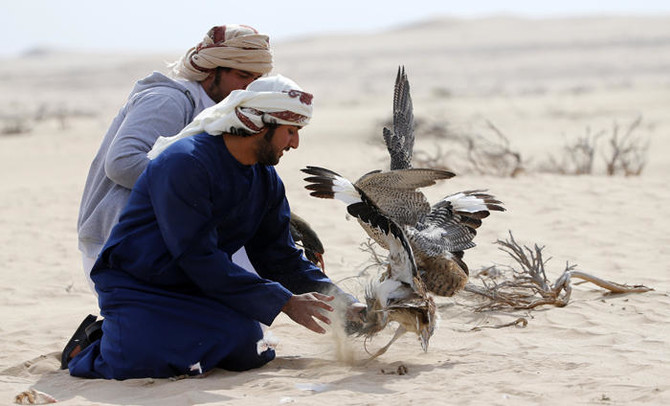Qatar’s military spending reached $11.6 billion in 2021, making it one of the top spenders in the Arab world.
Qatar inaugurated a new coastal anti-ship missile system at the new Al-Houl Naval Base, authorities announced last week.
Secretary of State for Defence Affairs Khalid bin Mohammed Al Attiyah officially inaugurated the system for the Qatar Emiri Naval Forces (QENF).
Although authorities did not offer any additional information, a brief video clip was released to show the Marte ER and Exocet coastal anti-ship missile system parts being arranged at the base in preparation for the event.
A contract of $678.34 million to provide the QENF with a coastal defence system supplied with both the Exocet MM40 Block 3 and smaller Marte ER anti-ship missiles was announced by the MBDA during the DIMDEX expo held in Doha in March 2016.
In September 2016, reports said the contract had been signed.
In addition to being the first client for the Marte’s extended-range variant, Qatar has also ordered the air-launched variant for use with its NH90 NFH helicopters.
Qatar’s military spending
Qatar’s military spending reached $11.6 billion in 2021, making it one of the top spenders in the Arab world, according to the Stockholm International Peace Research Institute (SIPRI).
According to the report, Qatar’s military expenditure in 2021 was 434% higher than what it was in 2010, the last time such data was released by the Gulf state. Qatar had spent 4.8% of its gross domestic product (GDP) on the military.
The Arab countries with the most military spending in 2021 were Saudi Arabia at $55.6 billion, Kuwait at $9 billion and Oman at an estimated $5.8 billion. The research noted that Saudi Arabia fell from fourth-largest spender in 2020 to the eighth place 2021.
“The decrease came amid reports that Saudi Arabia had begun to withdraw its military forces from Yemen, but the Saudi Arabian Government rejected the claims and stated that the troops were simply being redeployed,” said SIPRI.
In 2021, a separate SIPRI report on arms sales found that Qatar’s imports saw a 361% increase from 2016 to 2020. The institute suggested the increase of arms transactions was possibly linked to heightened regional tensions at the time of the 2017 GCC crisis.
At the time, Saudi Arabia, Bahrain, the UAE and Egypt imposed an illegal air, land and sea blockade on Qatar.
Four out of the top 10 arms importers in the previous report were in the MENA region, including Saudi Arabia, Egypt, Qatar and the UAE.
Military expansion
Qatar’s military expansion involves numerous deals with foreign countries, including the US, Turkey and France.
During the 2017 GCC crisis, Qatar signed a $6.2 billion contract with US plane maker Boeing to manufacture 36 F-15 fighter jets for its armed forces. Qatar received the first batch of the jets in August 2021.
Those jets were part of a $21.1 billion deal that was signed by Qatar and the US for the former to purchase 72 F-15QA aircrafts.
Such deals come as part of Doha and Washington’s growing bilateral ties, with the Gulf state hosting the Al Udeid Air Base, the largest American military post in the region.
Away from the US, Qatar had signed a deal with France in 2017 to purchase 12 French-built Rafale fighter jets under $1.3 billion order. For years, France has been providing Qatar’s navy with electronic support for its warships through French aerospace company, Thales.







